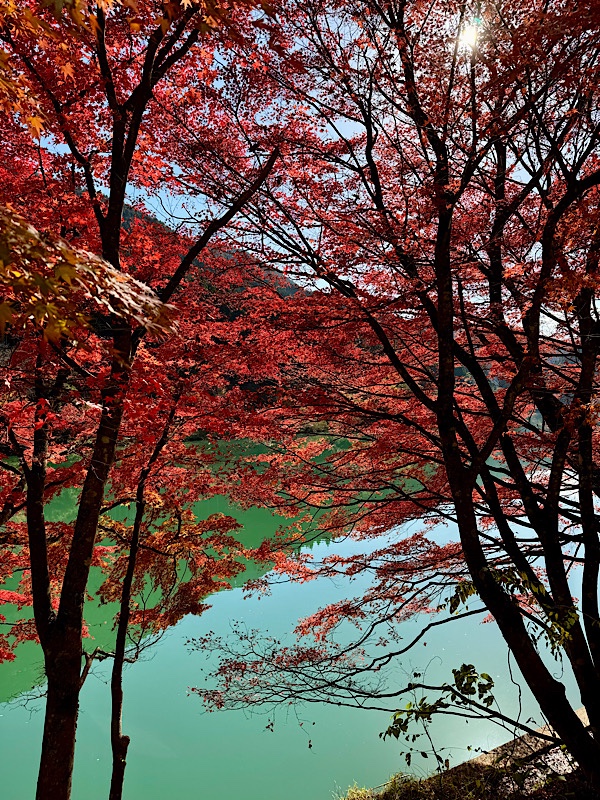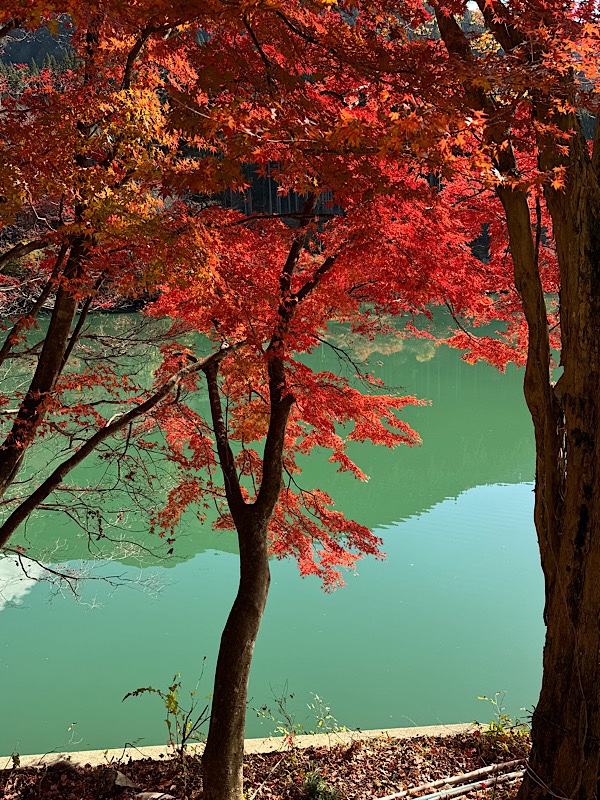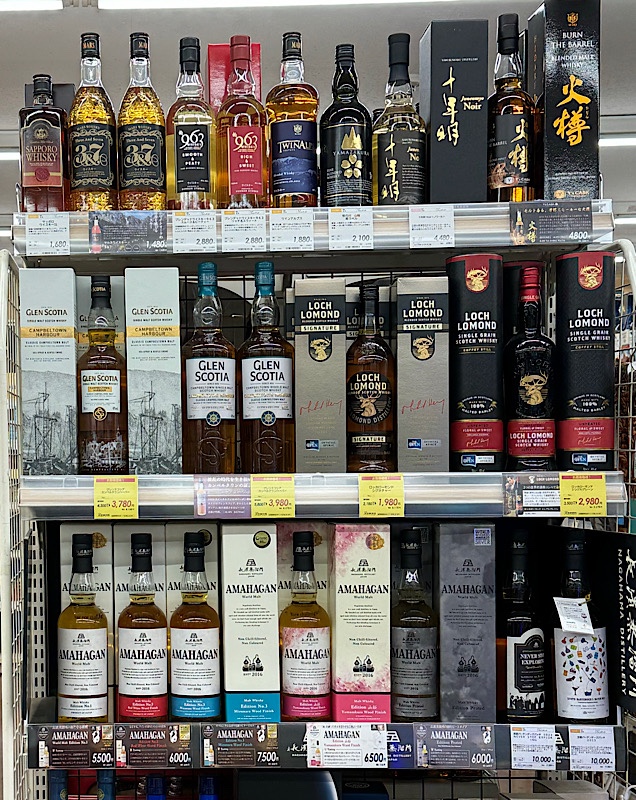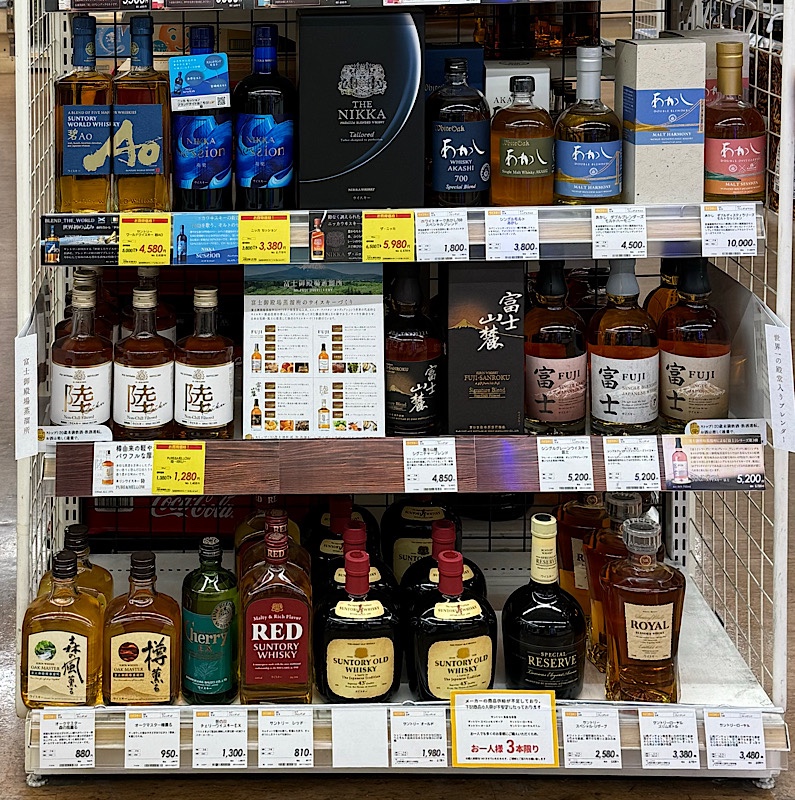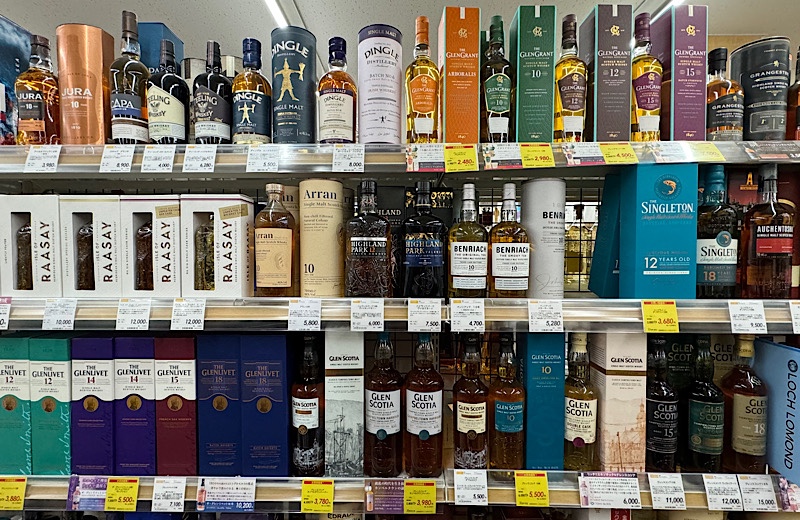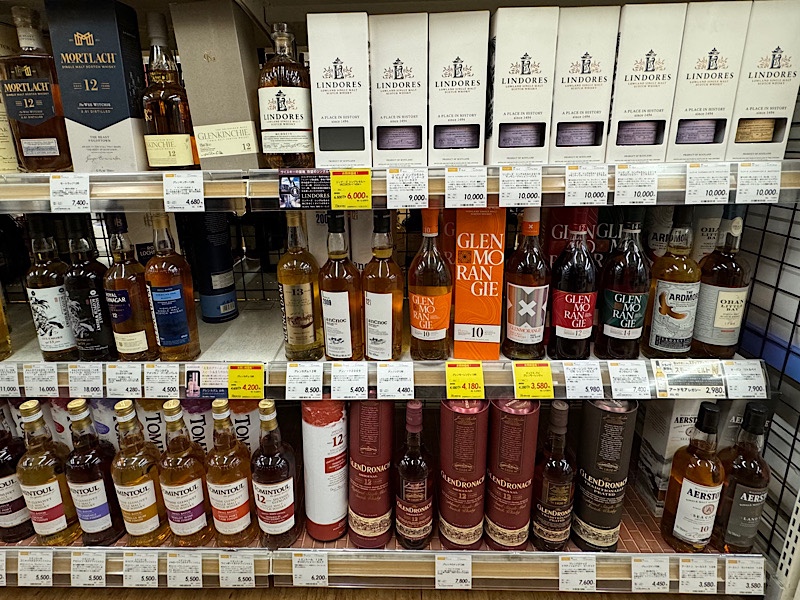The SC Maglev and Railway Park is a museum owned but the Central Japan Railway (JR Central) which opened in 2011. The park has 39 full sized railway vehicles, including a Shinkansen carriage and the shiny new Maglev train. It’s a pretty swish building – with SFA in parking… the public parking is across the road but is literally a 4km drive in a massive spiralling loop to get to said car park.
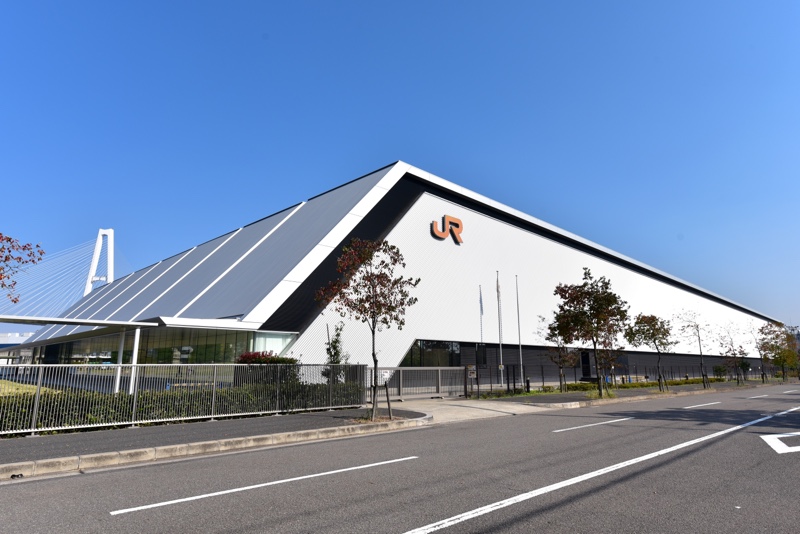 Anyway once inside, it felt kinda like the NASA centre where they display the Space Shuttle Atlantis at Cape Canaveral… all dark and the trains are lit up – whaaaa! sHiNy tRaINs!
Anyway once inside, it felt kinda like the NASA centre where they display the Space Shuttle Atlantis at Cape Canaveral… all dark and the trains are lit up – whaaaa! sHiNy tRaINs!
“This is a train, there are many like it, but this is the one I got to see.”
So quoth Mr K. Right before he reverently whispered… “Ssshinkansen…”. Yes, he is a proper train nerd. 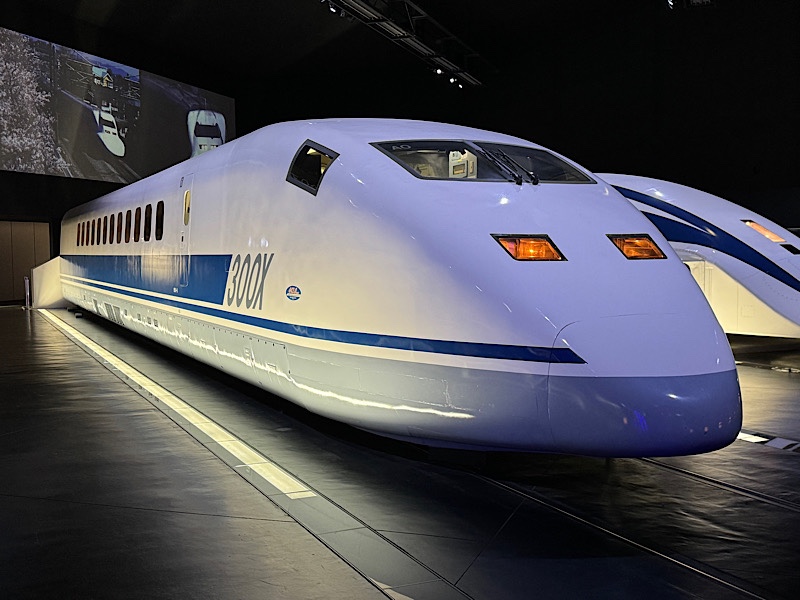 Gotta admit they are super shiny and riding them is very cool. You don’t feel like you are going that fast at all but the landscape speeds by.
Gotta admit they are super shiny and riding them is very cool. You don’t feel like you are going that fast at all but the landscape speeds by.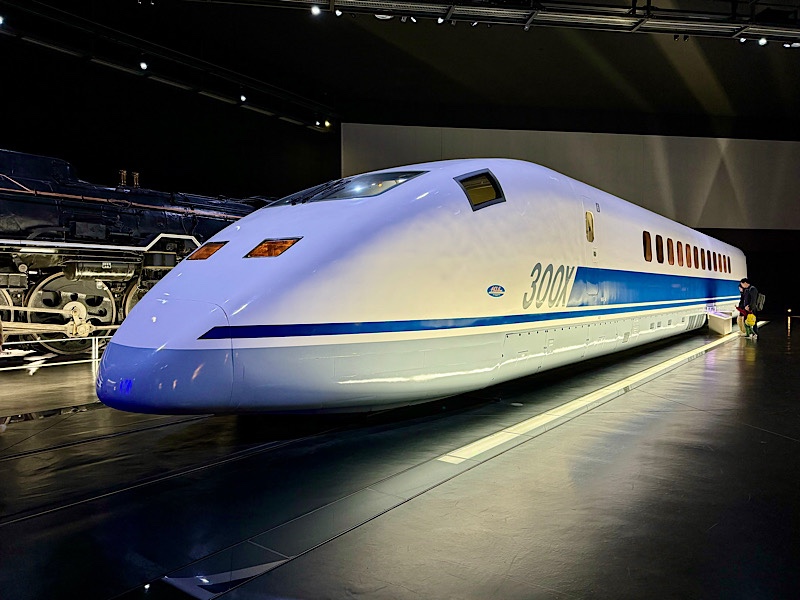
I had to admit, I didn’t know the Shinkansen was capable of doing 443kmphr… I thought they topped out somewhere around 300kmphr as they tend to operated somewhere around 280kmphr… I dare say this is for safety reasons and designed to allow for the conditionals and/or possible weather impacts along the least optimal parts of the track.
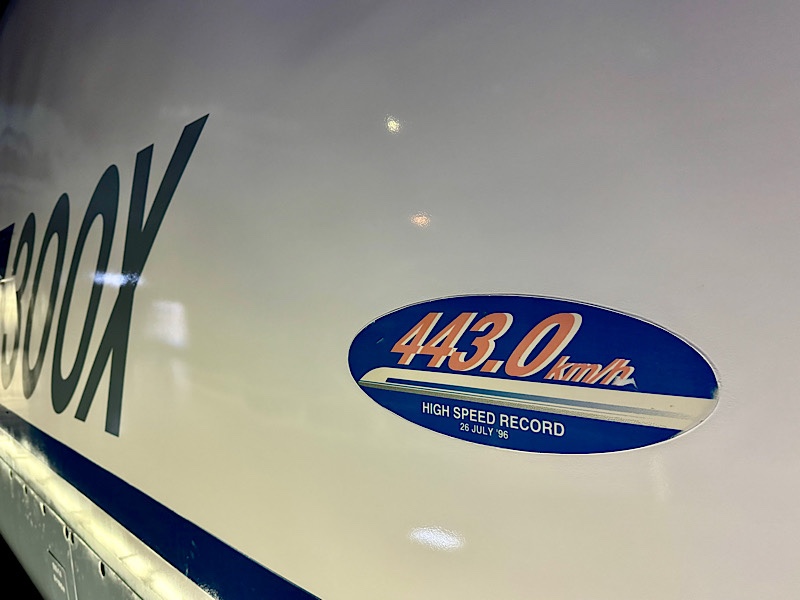 Then of course is the Maglev trains that everyone can’t wait to see roll out in some time in the next five years, as it is currently not quite expected to meet the 2027 opening date. (Though can you really ‘roll out’ a Maglev train?) 🙂
Then of course is the Maglev trains that everyone can’t wait to see roll out in some time in the next five years, as it is currently not quite expected to meet the 2027 opening date. (Though can you really ‘roll out’ a Maglev train?) 🙂 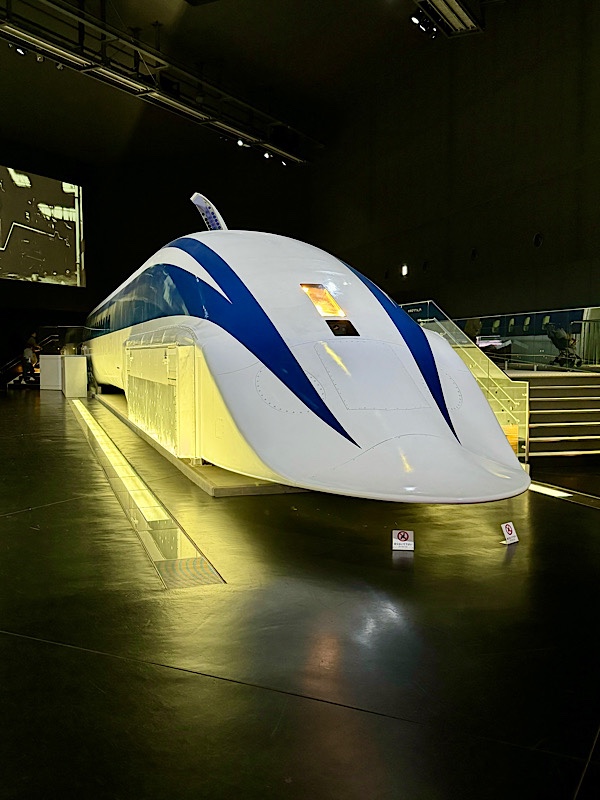 Sleek! The first track is 296km from Tokyo to Nagoya and had a budget of 7 TRILION YEN. The extension through to Osaka is scheduled for 2037..
Sleek! The first track is 296km from Tokyo to Nagoya and had a budget of 7 TRILION YEN. The extension through to Osaka is scheduled for 2037..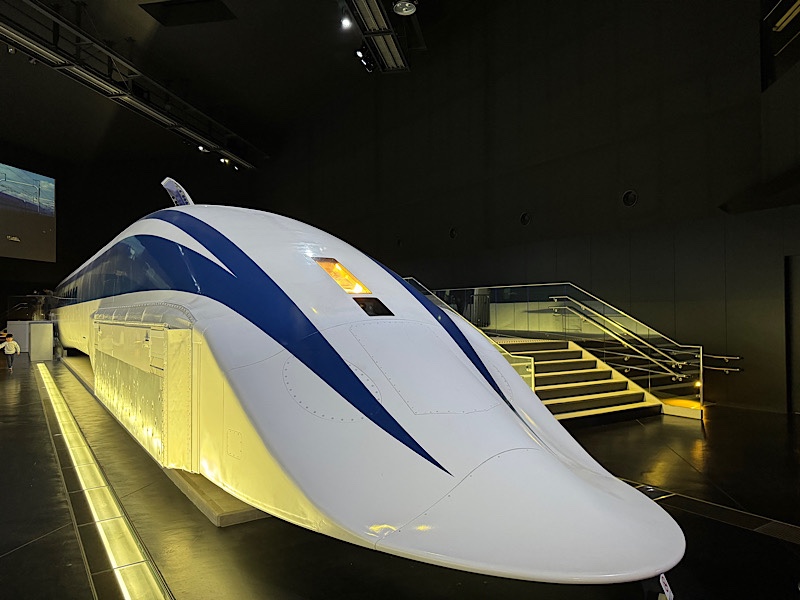
And this thing goes so fast it could nearly fly. Oh dear lord, all I think of when I see this is: humans are not designed to stop suddenly at that sort of speed… just let that one stew a little.
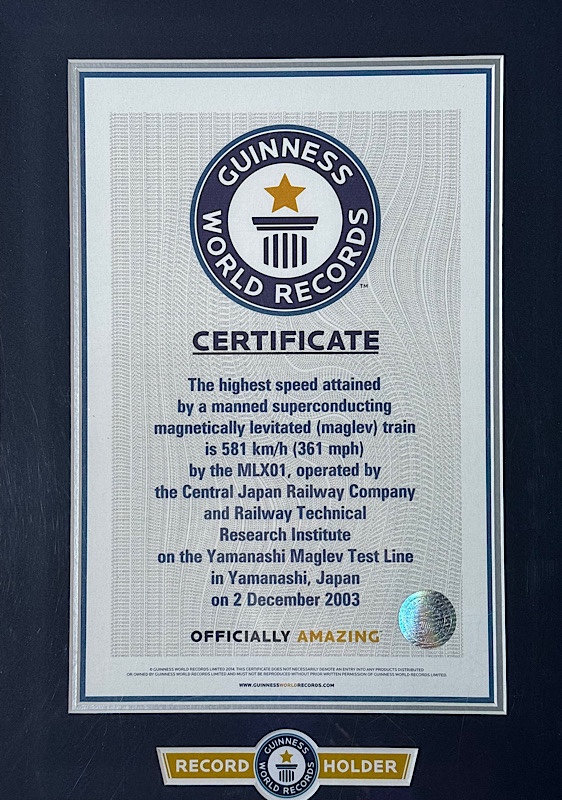
The Great Hall of the museum is full of rolling stock from the last century – pretty interesting for train spotting types.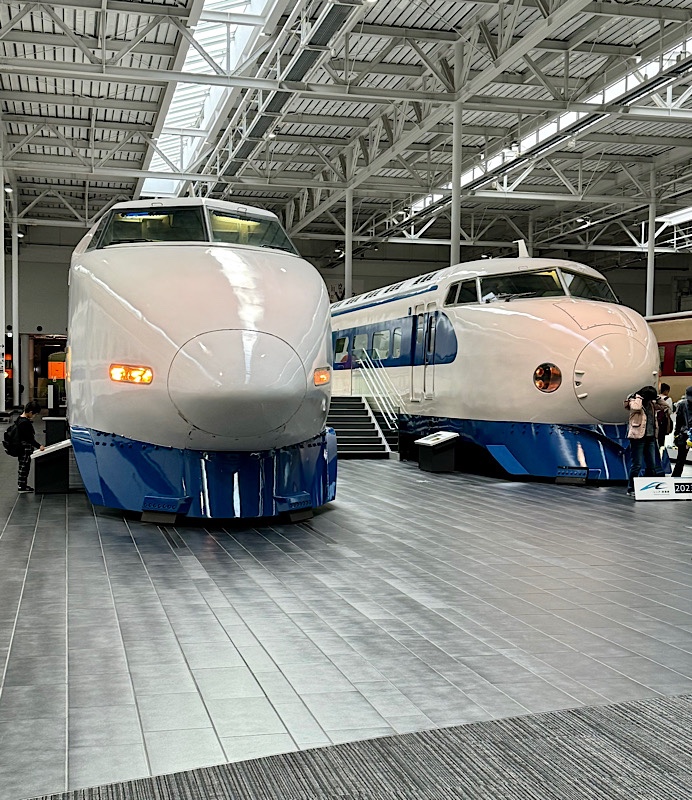
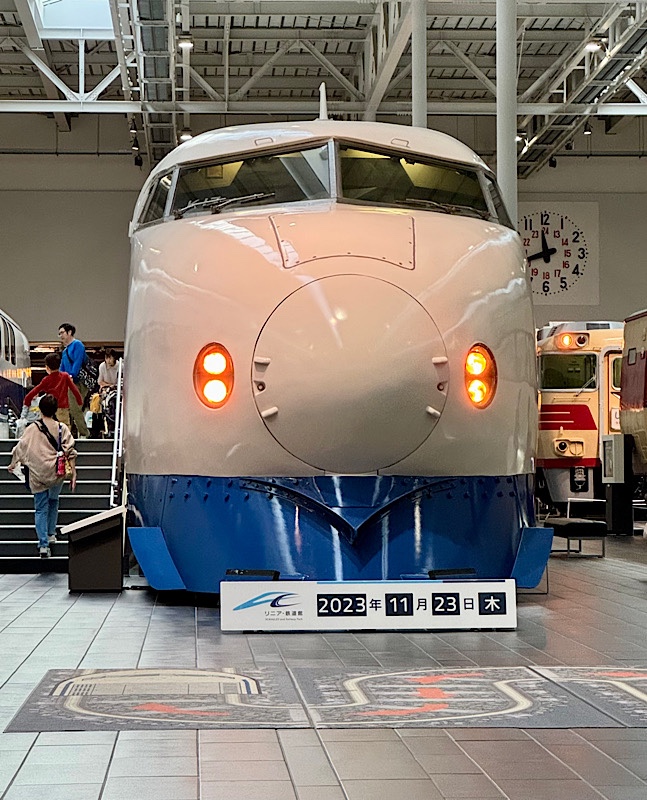
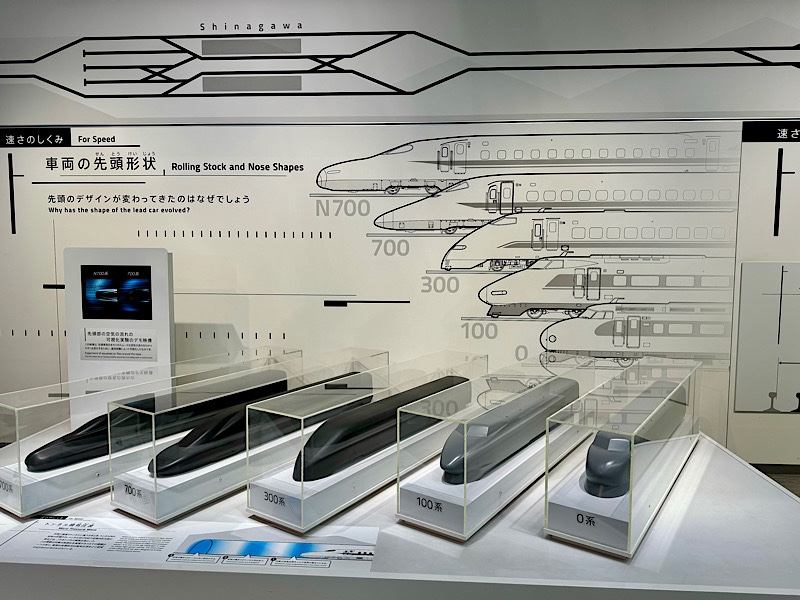
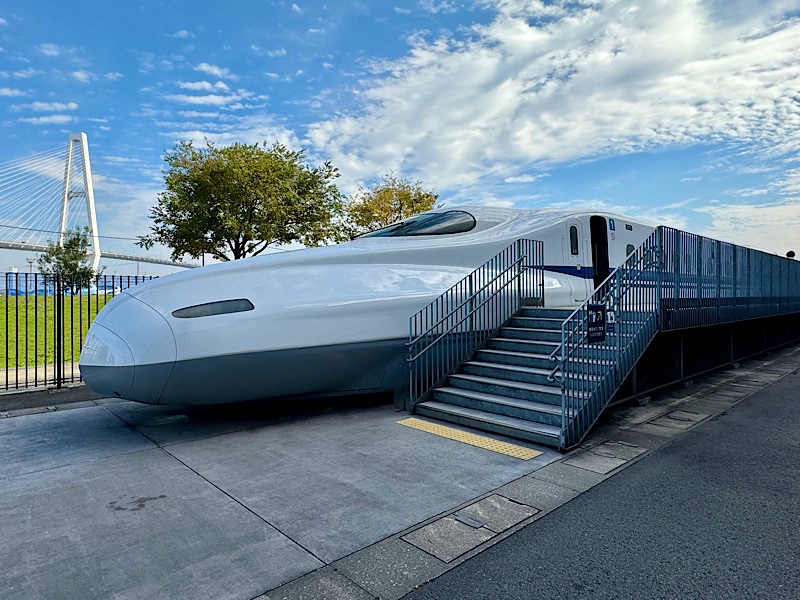 The museum also had plenty of interactive exhibits where you could buy tickets and use them in train station ticket machines, you could switch tracks, lift and lower cars and stuff and heaps of interactive fun stuff for kids to get amongst.
The museum also had plenty of interactive exhibits where you could buy tickets and use them in train station ticket machines, you could switch tracks, lift and lower cars and stuff and heaps of interactive fun stuff for kids to get amongst.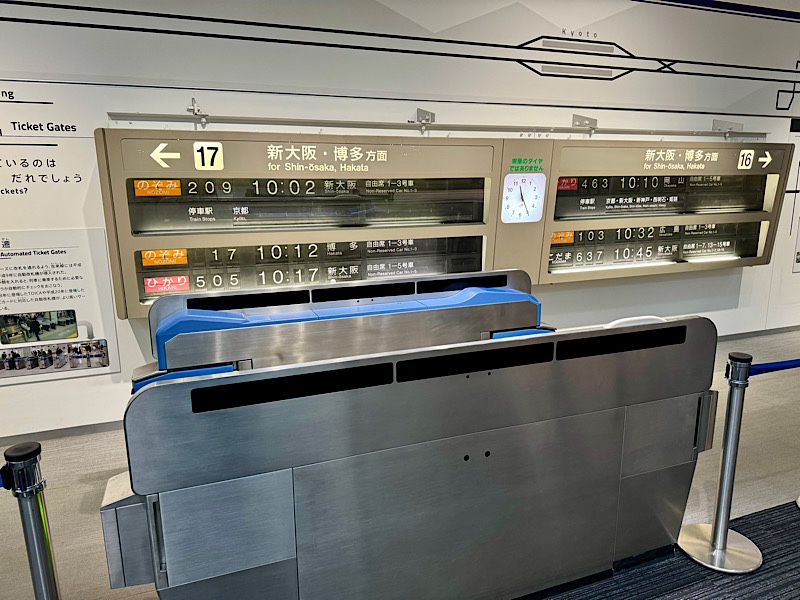 This was one of the kids play spaces upstairs above the Great Hall – all shoes off an it was hard to get a shot with no one’s kids in it. They were running around like squirrels all hyped up on catnip.
This was one of the kids play spaces upstairs above the Great Hall – all shoes off an it was hard to get a shot with no one’s kids in it. They were running around like squirrels all hyped up on catnip.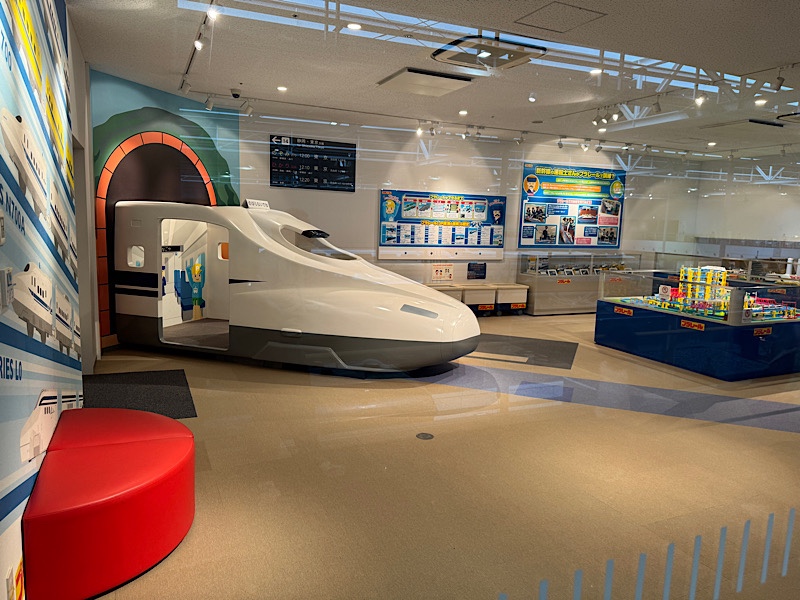
In the back of the Great Hall: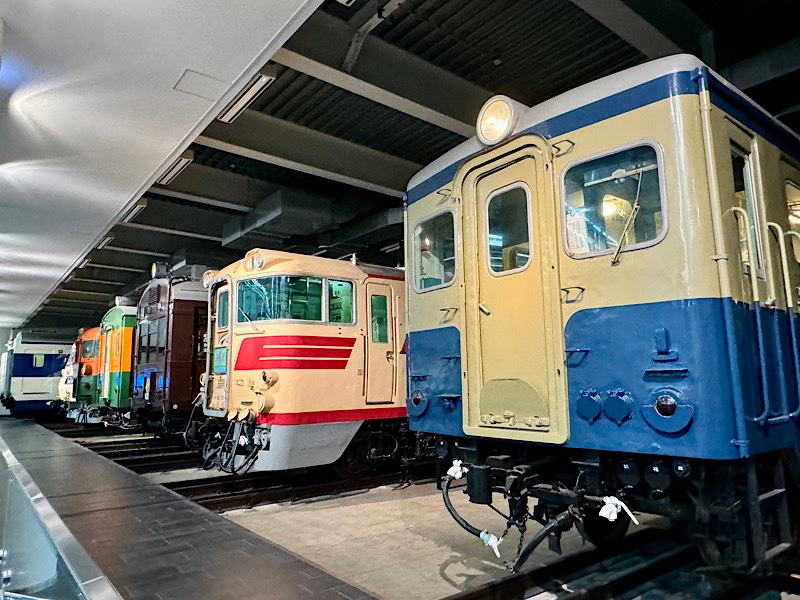
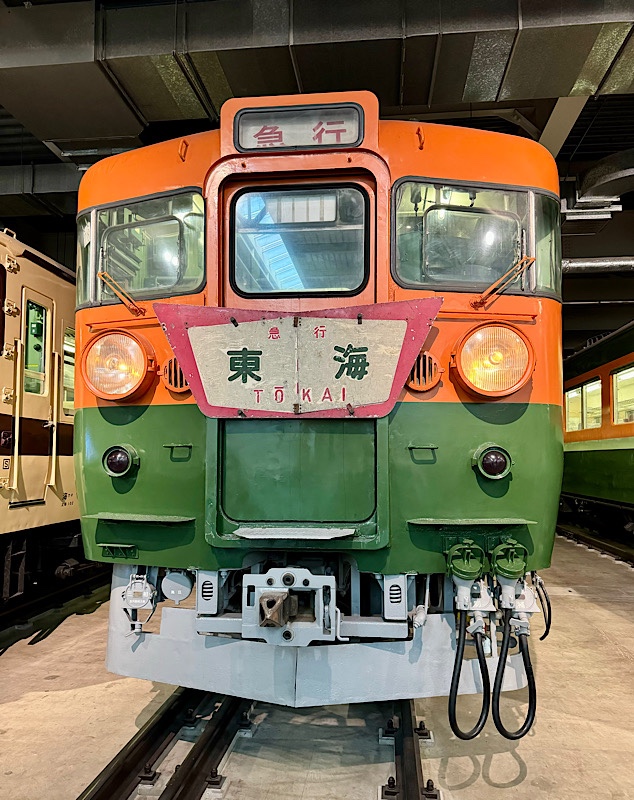
Also beside the Great Hall were some cool exhibitions relating to the history of railways in Japan. The Kanto Regional Development Bureau built the first railway in Japan in 1872 and offered the first services between Shimbashi and Yokohama. It’s kinda crazy to think that this was barely five years after the end of the Edo period and the decline of the Shogun’s which we think of as being late medieval in a lot of ways. 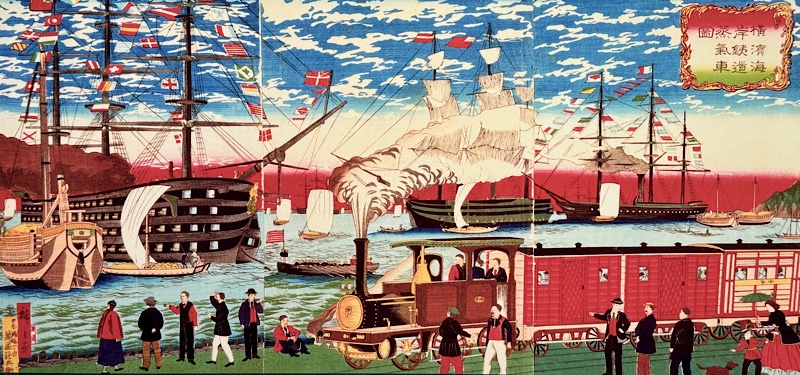
This piece of rock was part of the Takanawa Embankment was part of a 2.7km track that was laid for the first railway line in 1870. The embankment was discovered in April 2019 when JR East was excavations to lay foundations for improvements to the Shinagawa Station. 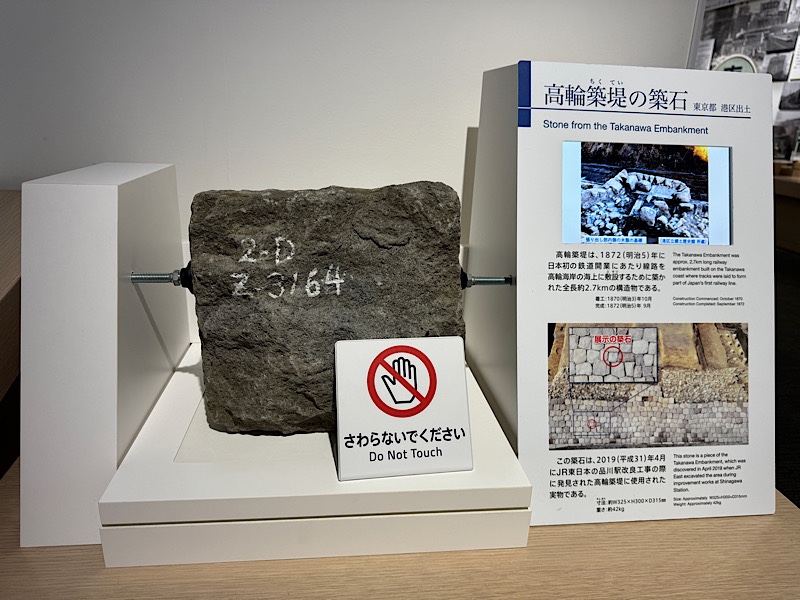
There were also some nods in the history section to some of the men instrumental in conceiving and bring the Shinkansen projects to fruition back in the 60s… Shinj Soga and Hideo Shima. Unfortunately most of this section was in Japanese and I didn’t get much out of it.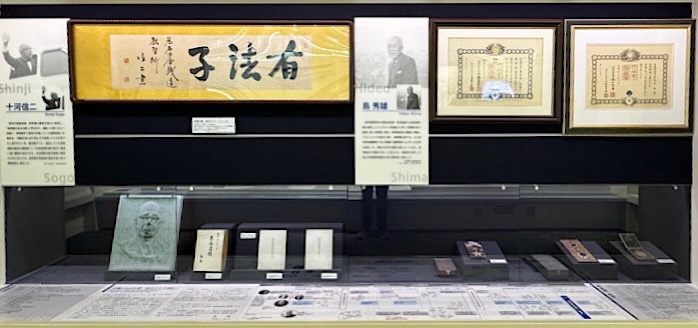
Other than these and a pile of work related gobbets – the other impression I took away from the train museum was somewhat social or anthropological in nature. I saw Japanese children behaving badly! For the first time ever – and there must have been about five of them… throwing tantrums, screaming, crying, refusing to walk, talking back to their parents and basically behaving like little brats. I figured it was because they were hyped up; trains! Woo-hoo! And perhaps some of them didn’t want to leave and their parents were having difficulty getting them to cooperate.
But Mr K had a different theory… you see to get to the train museum from the aforementioned car park that is very inconveniently located across a very busy four lanes in each direction highway, you also have to walk right past the bright and colourful entrance to Lego Land! He thinks the kids were chucking a wobbler because they *didn’t want to go* to the train museum, not because they didn’t want to leave! He might be right!
Literally, their parents are walking them straight past this massive bright looking toy shop, to go look at trains… lol.
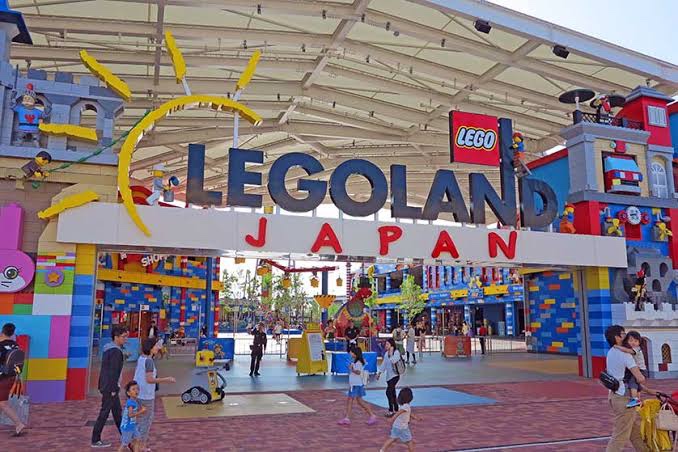

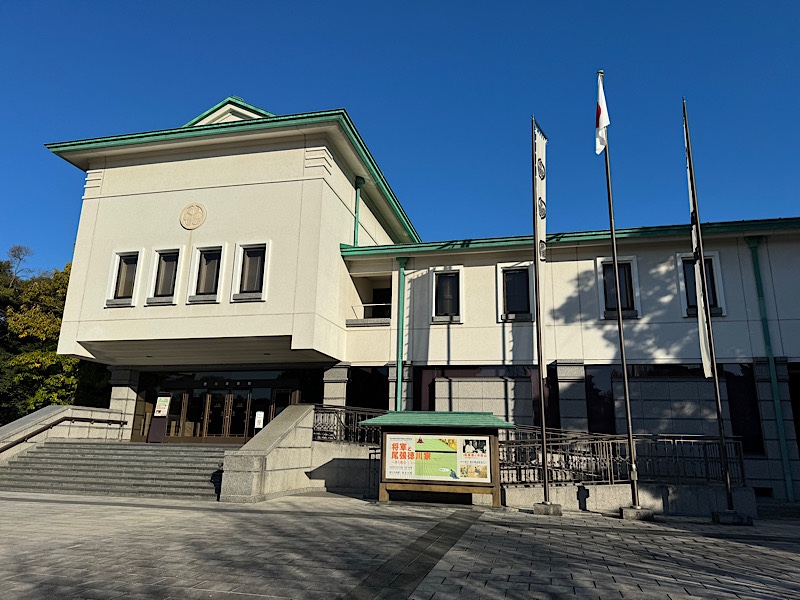
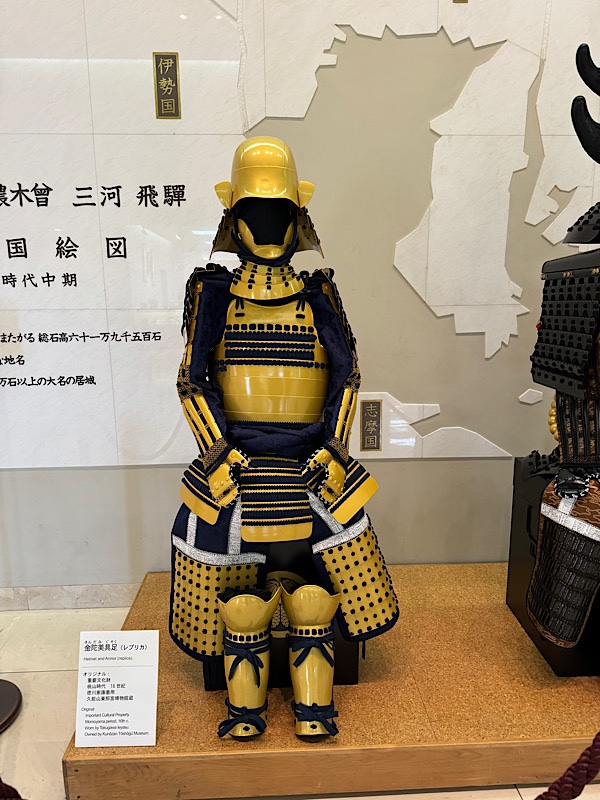
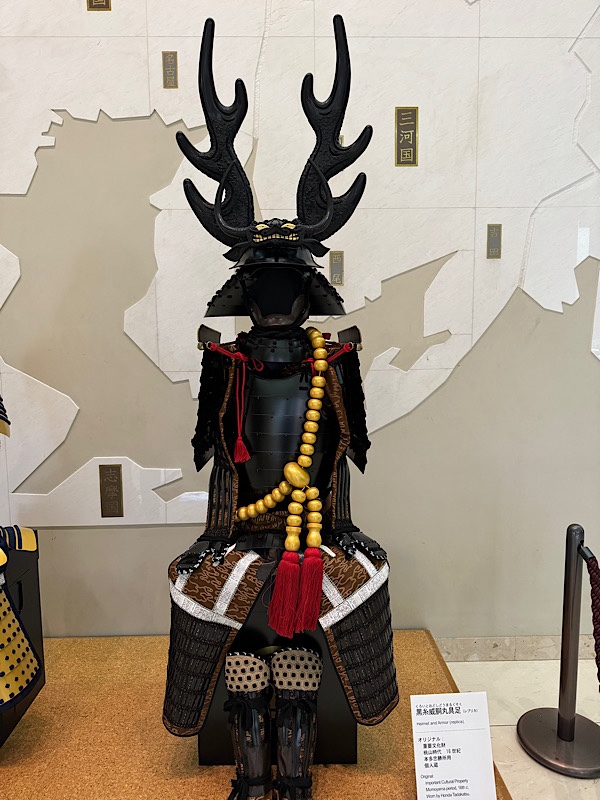 Traditional feudal map of the Nagoya area… could not ascertain from the description when it was created or by whom.
Traditional feudal map of the Nagoya area… could not ascertain from the description when it was created or by whom.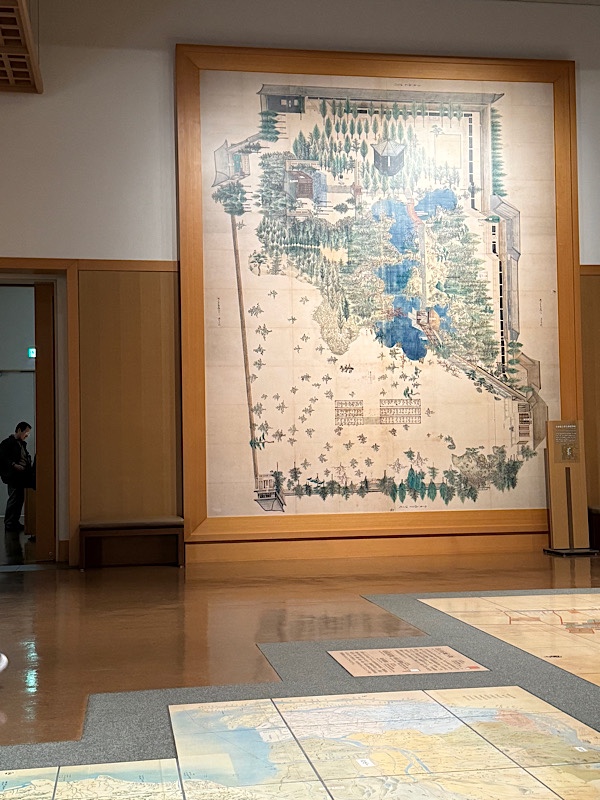 Ooh, pretty garden visible from one of the internal passage ways between exhibition halls.
Ooh, pretty garden visible from one of the internal passage ways between exhibition halls.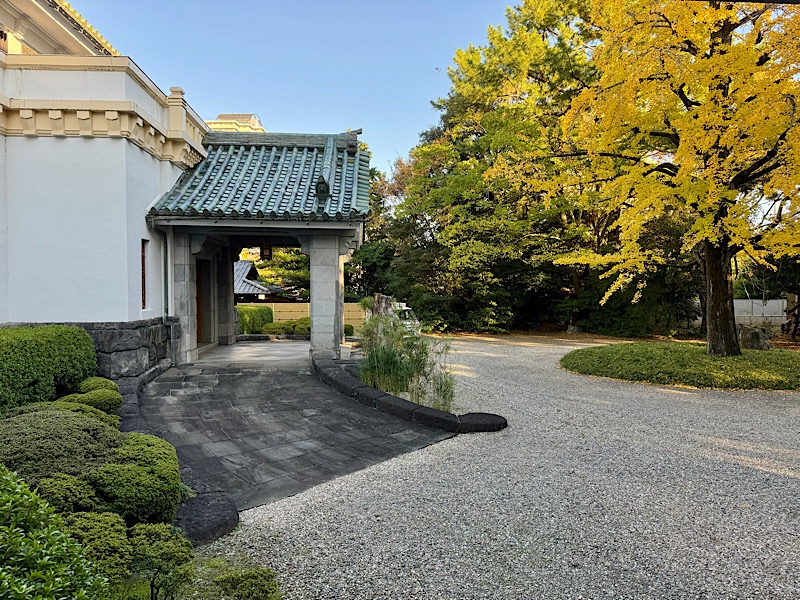
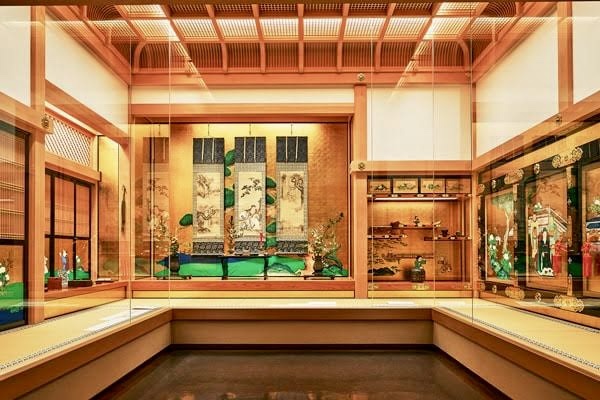
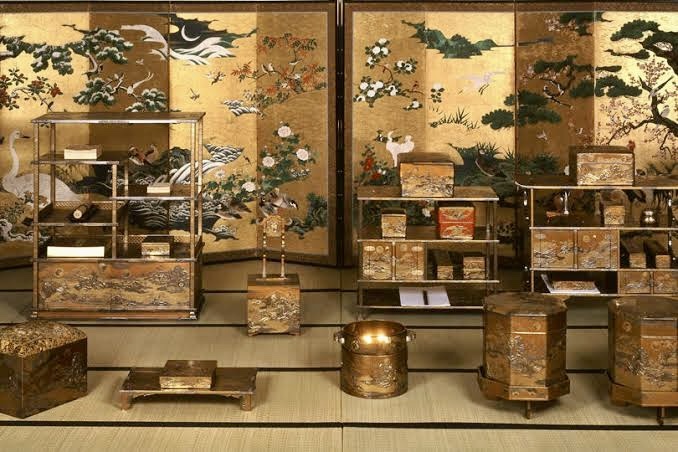
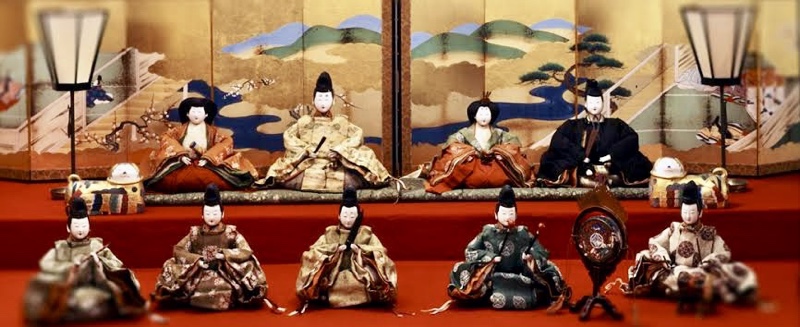
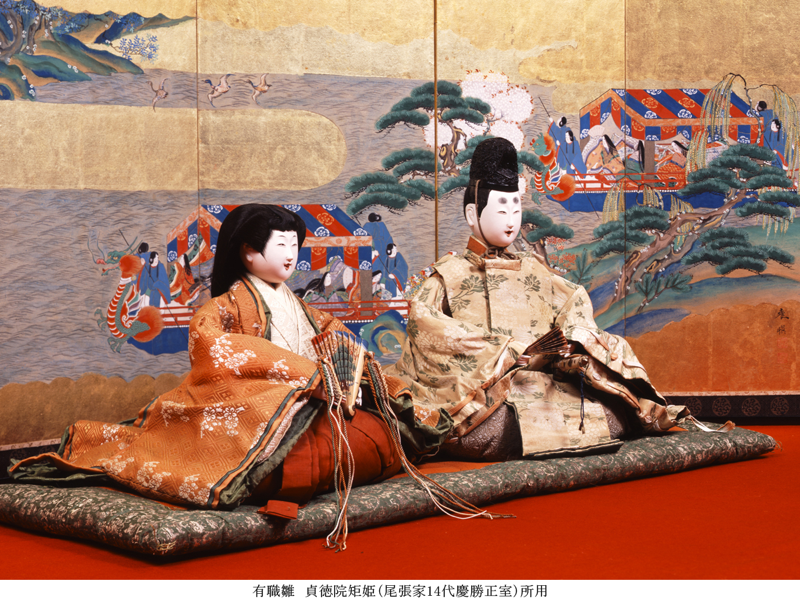
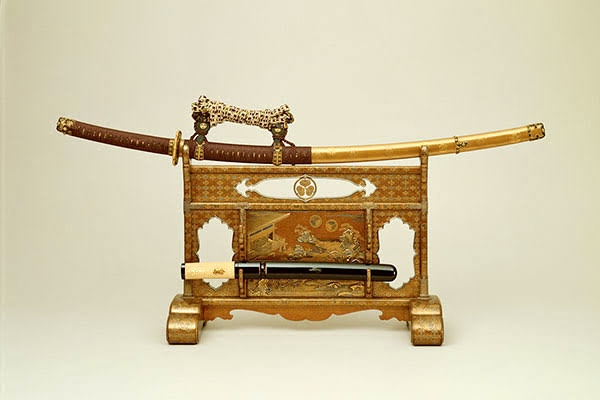
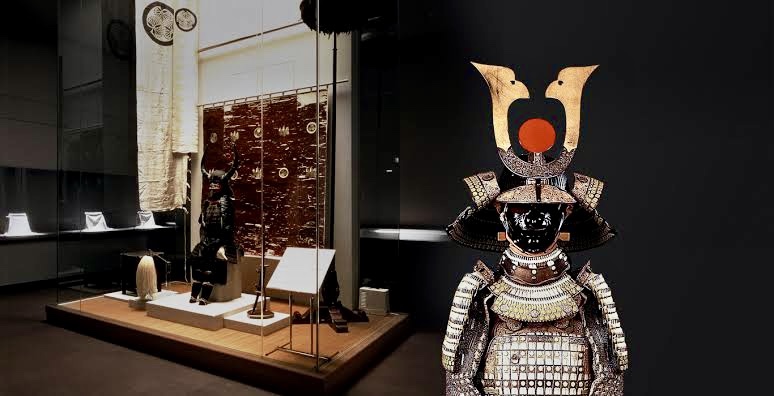
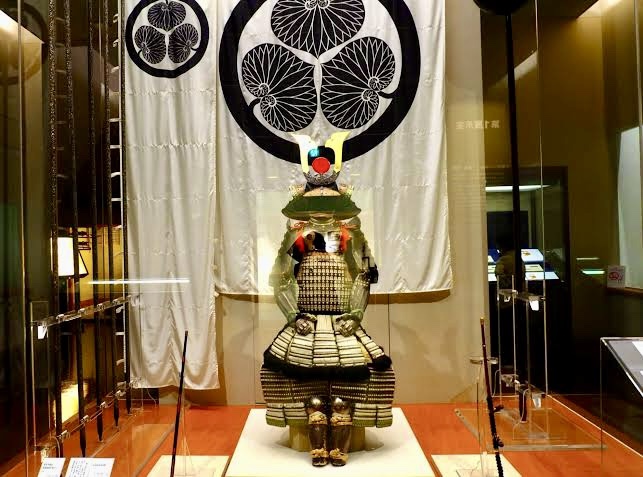
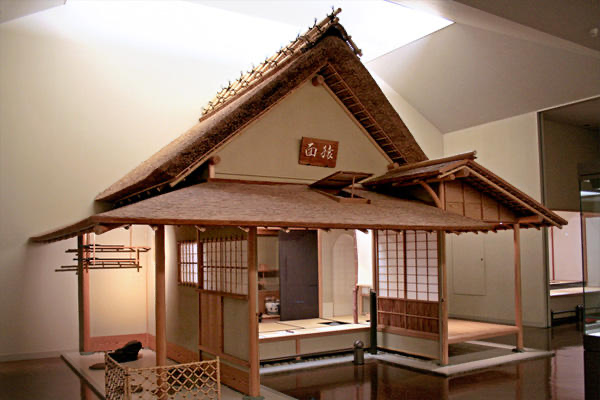
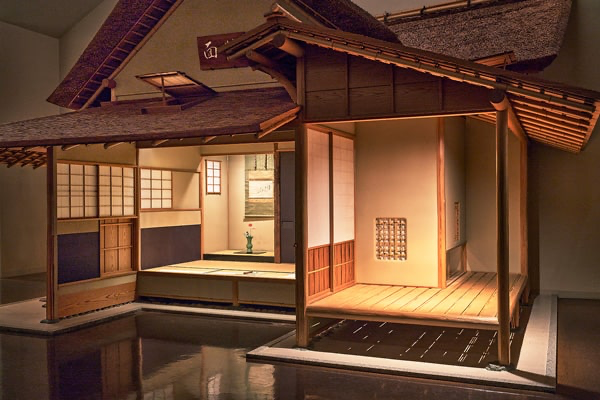
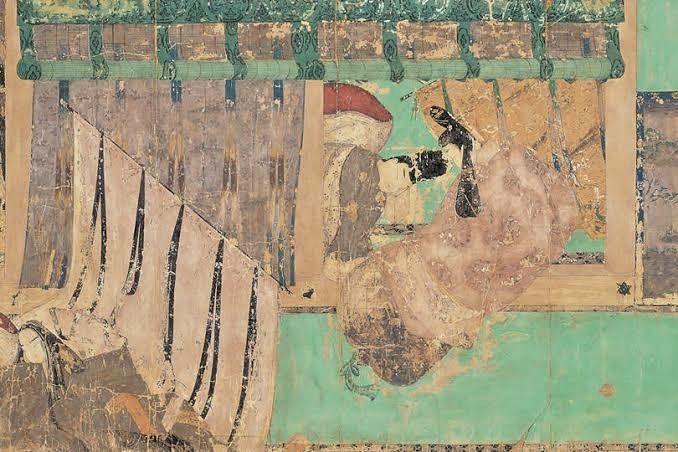
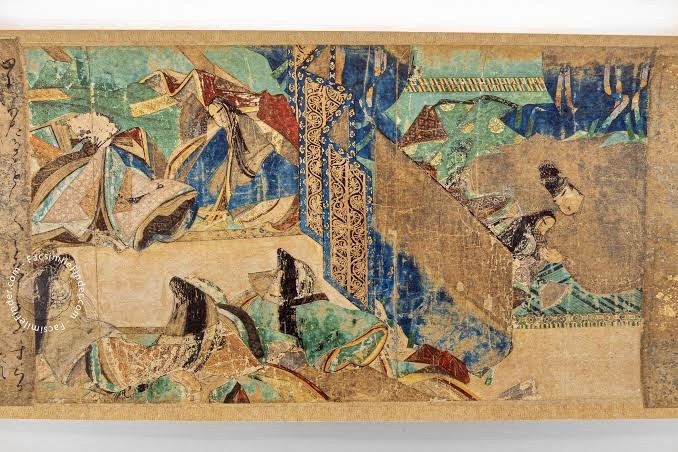
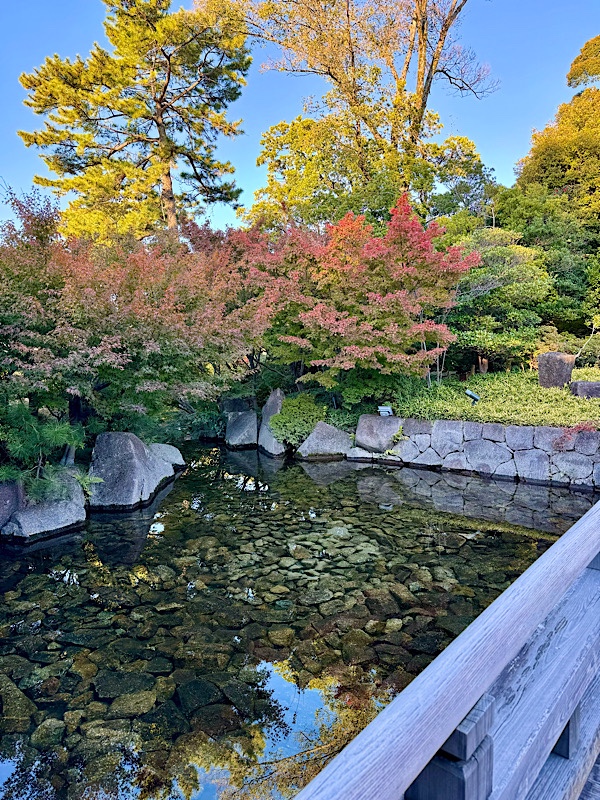
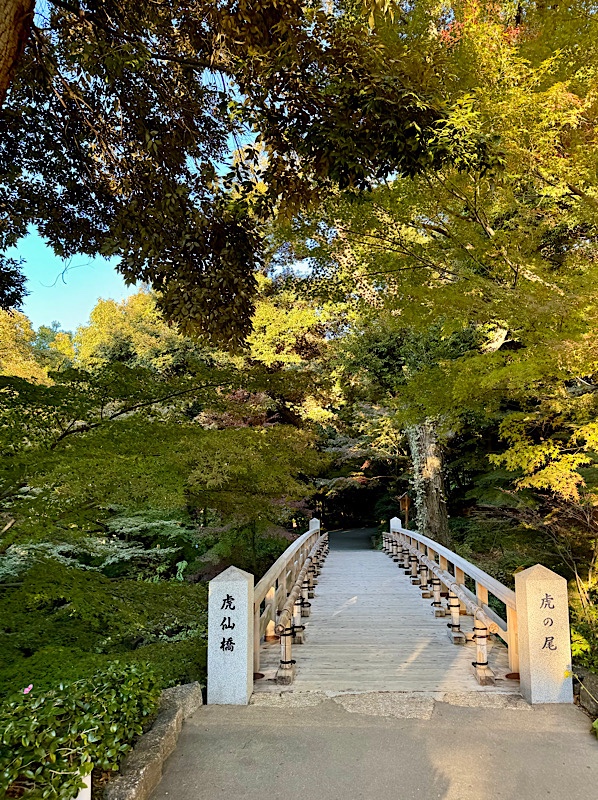 Multiple beds of irises that must look amazing in the spring.
Multiple beds of irises that must look amazing in the spring.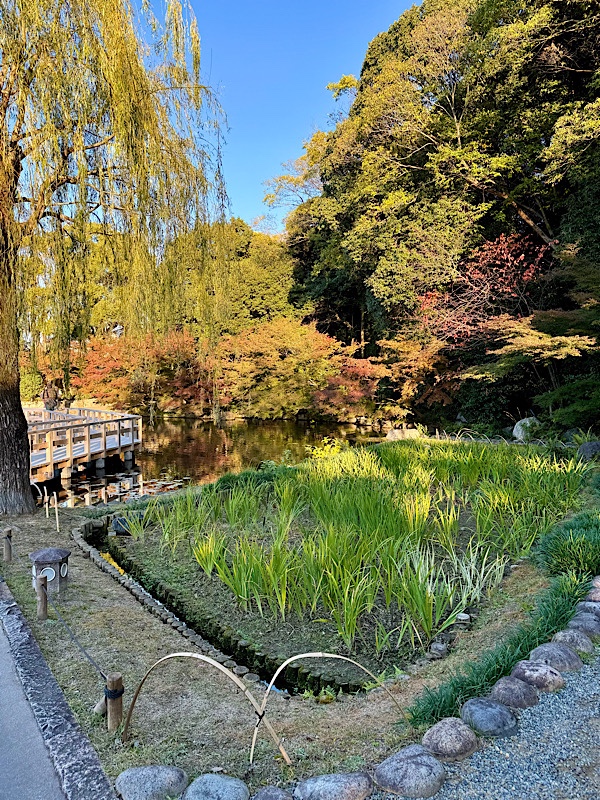
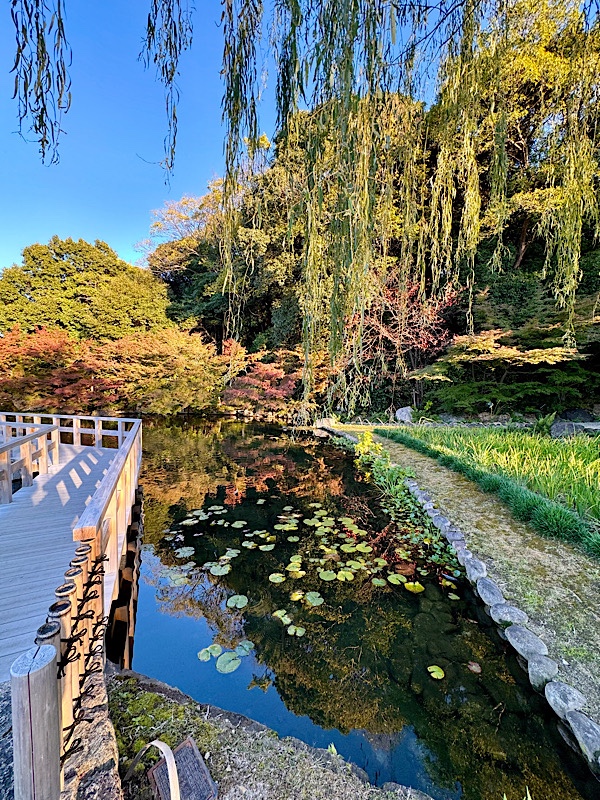
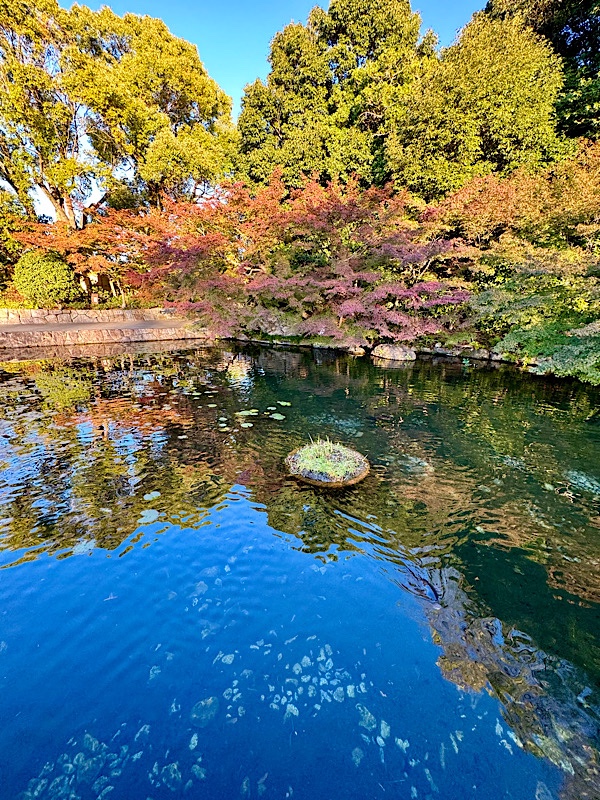
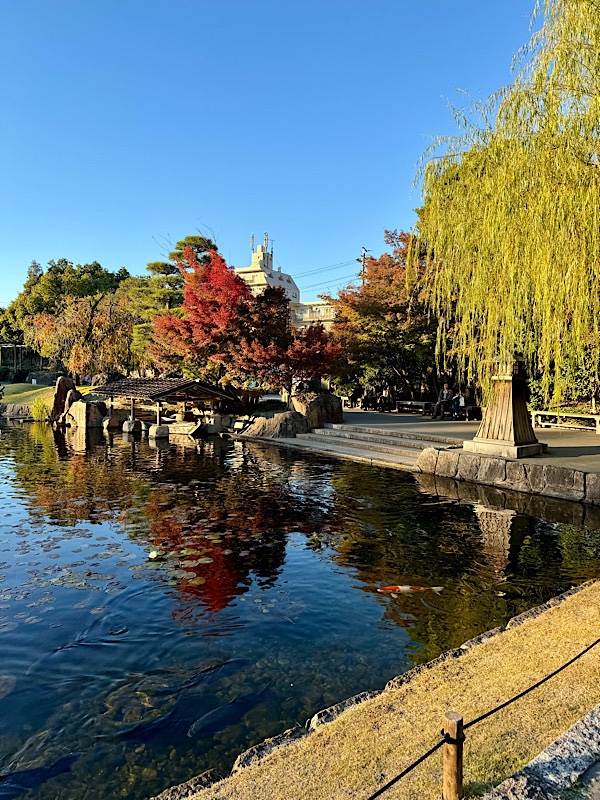
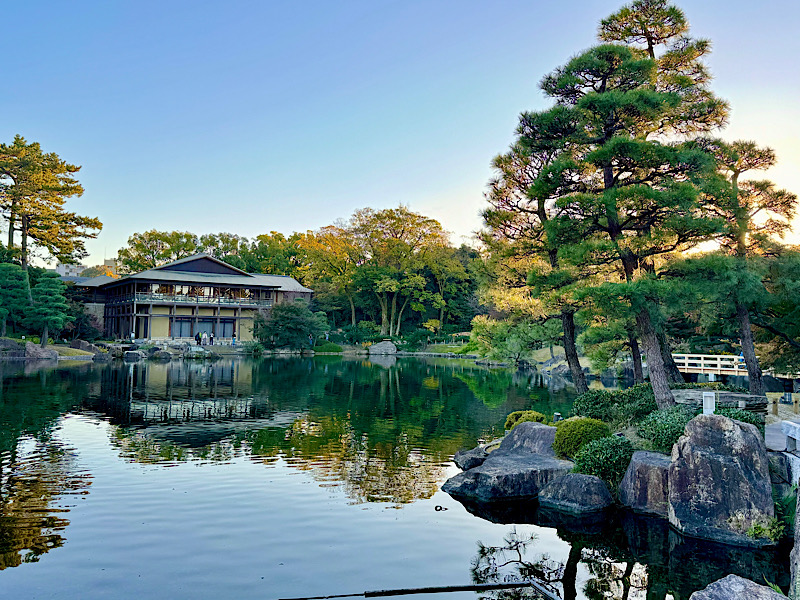
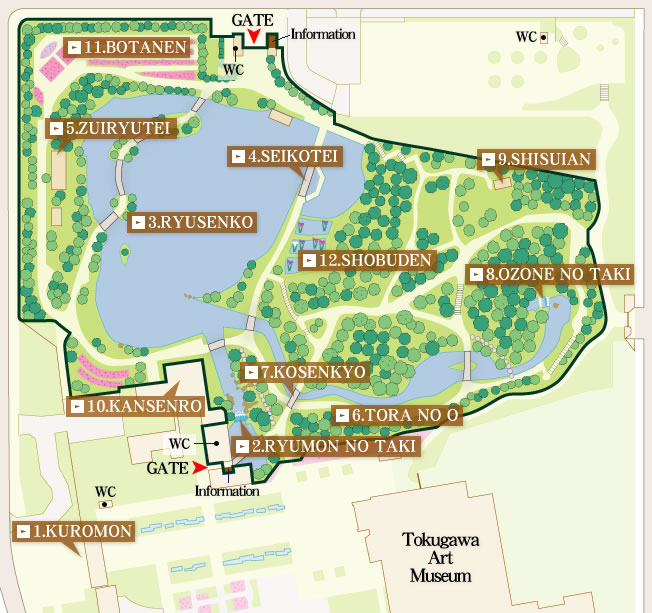
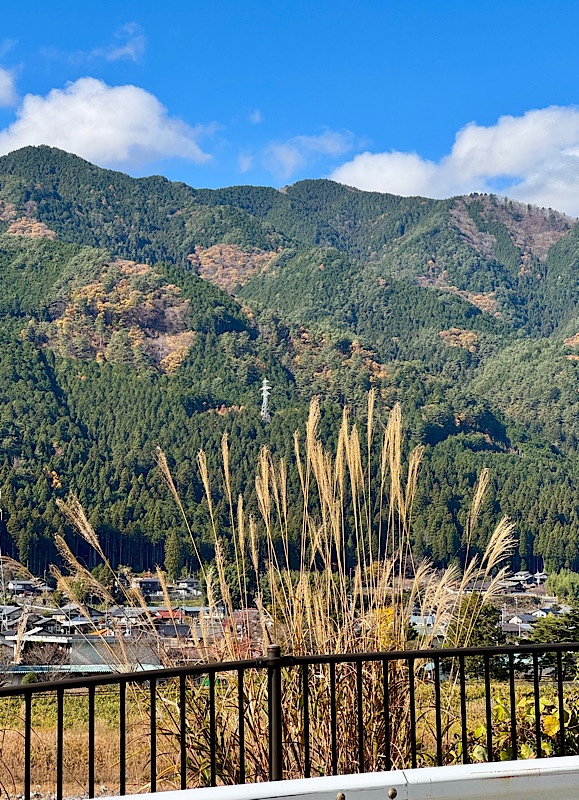
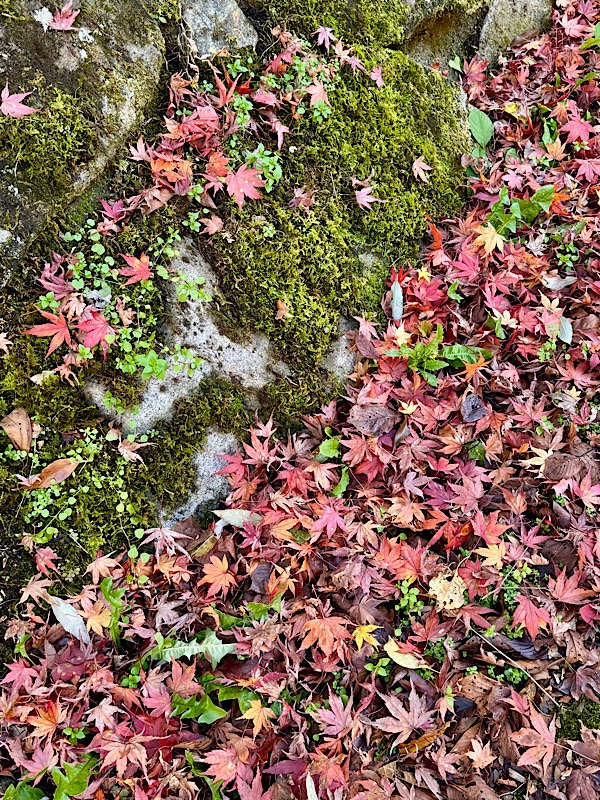 Children crossing warning signs here are slightly more fun than at home: “Be careful; jumping out!!”
Children crossing warning signs here are slightly more fun than at home: “Be careful; jumping out!!” 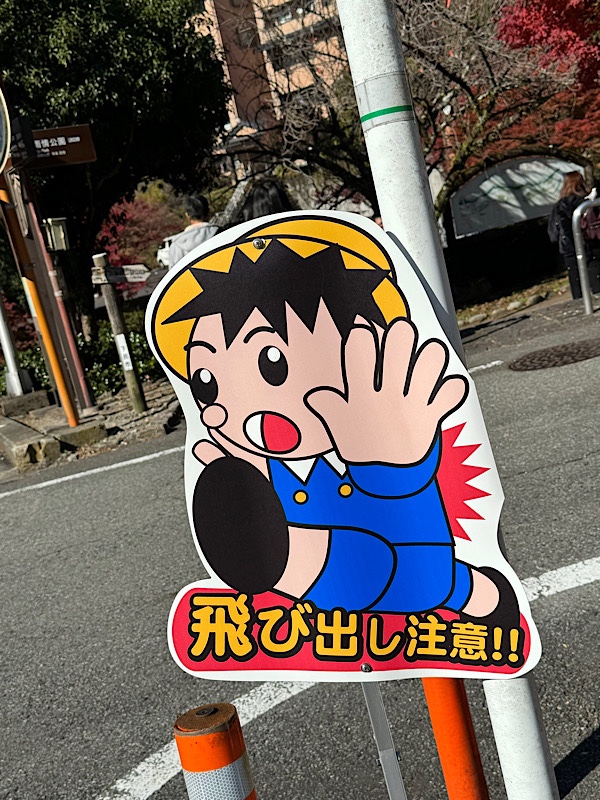
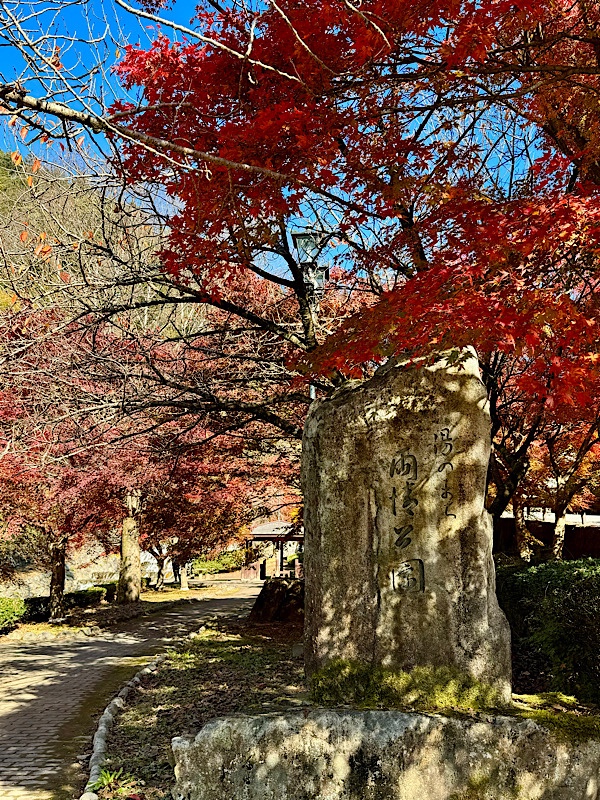
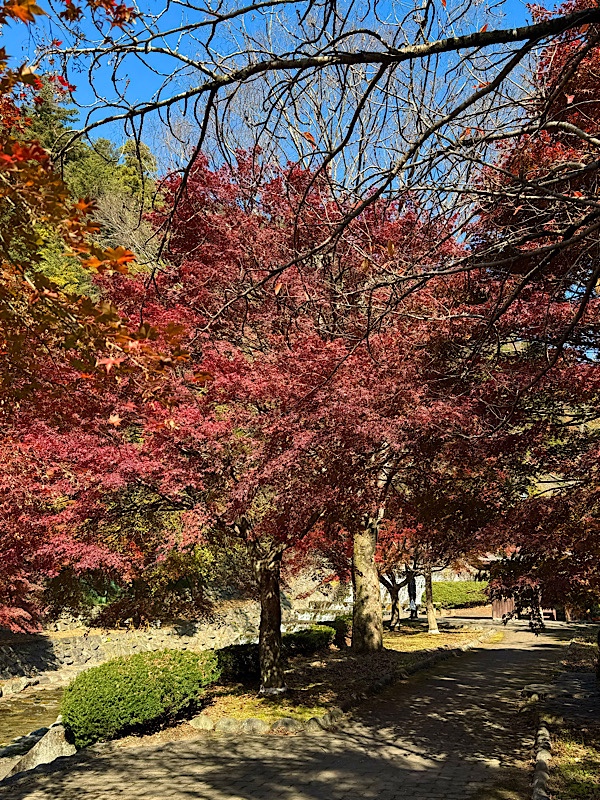 I thought this would be the highlight of the autumn colours today.
I thought this would be the highlight of the autumn colours today.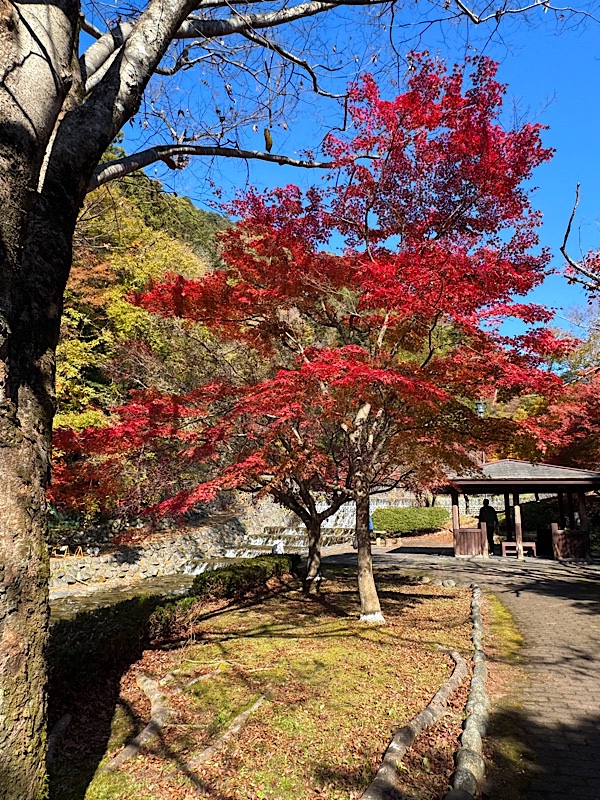
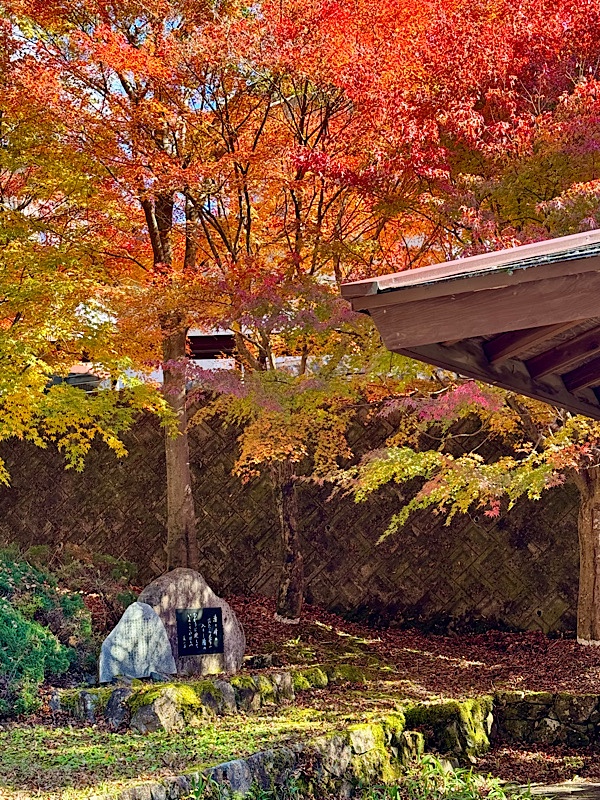
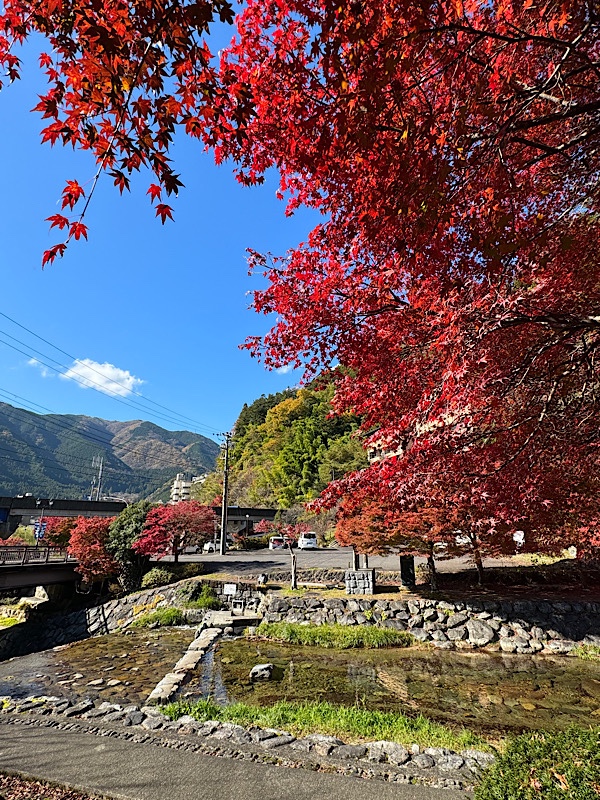 One of the things I have noticed here on Japan’s roadways is the total lack of ‘lookout’ points. In Australia there are spaces on highways and roads to pull over and see nice scenery all over the place – they are quite often marked on maps as scenic or photo-worthy stops. Here, there is rarely anything like that, even though the scenery is quite often spectacular.
One of the things I have noticed here on Japan’s roadways is the total lack of ‘lookout’ points. In Australia there are spaces on highways and roads to pull over and see nice scenery all over the place – they are quite often marked on maps as scenic or photo-worthy stops. Here, there is rarely anything like that, even though the scenery is quite often spectacular.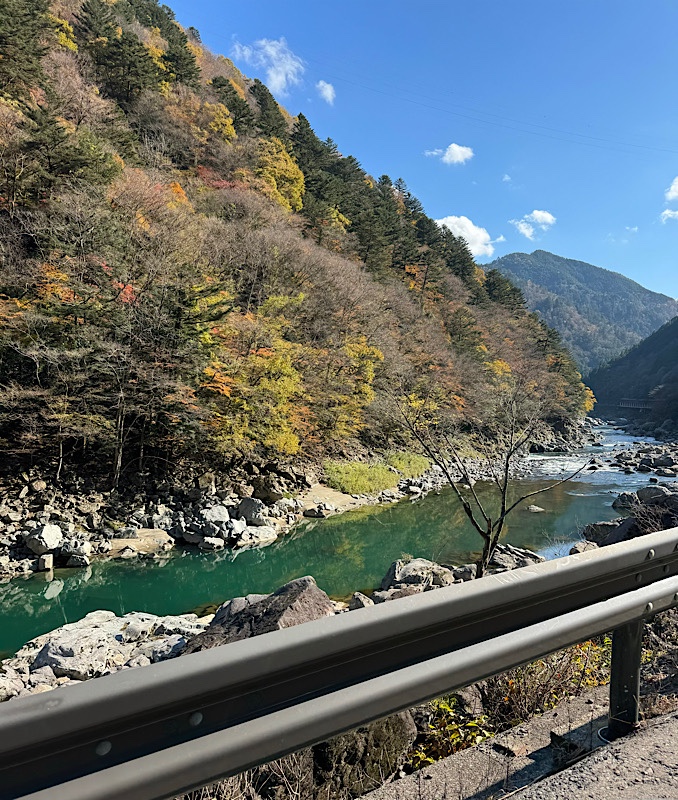
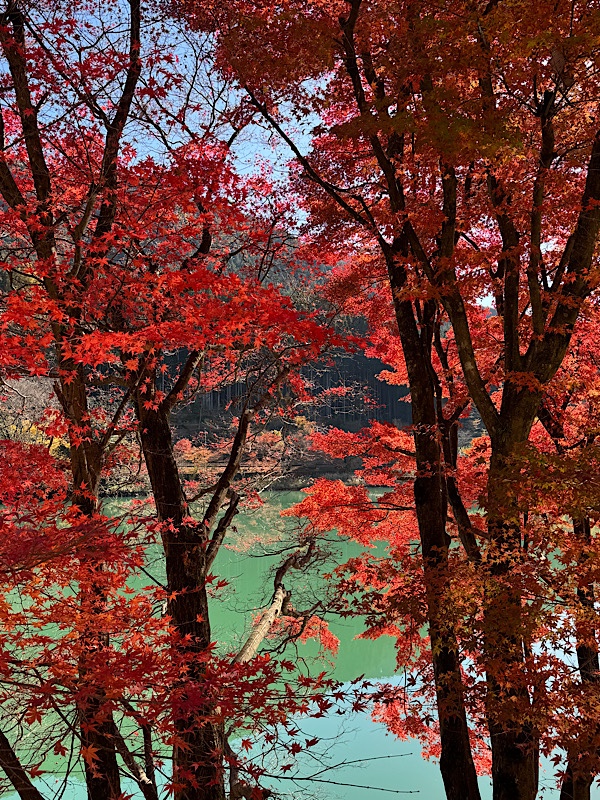 The autumn colours were simply stunning against the deep blue/green of this lake/river.
The autumn colours were simply stunning against the deep blue/green of this lake/river.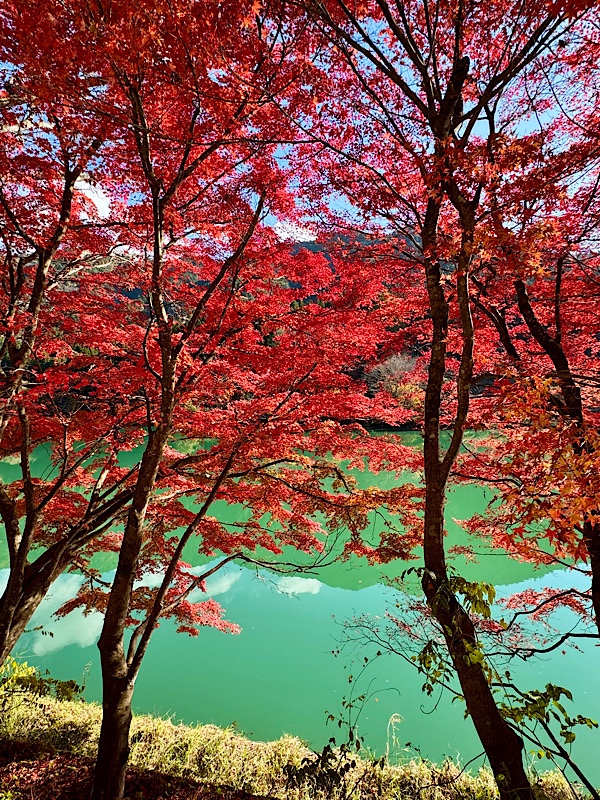
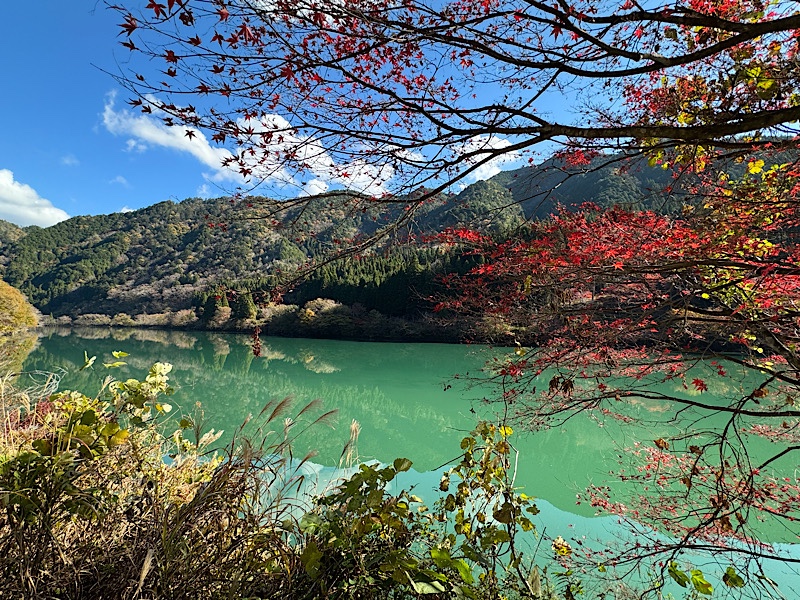
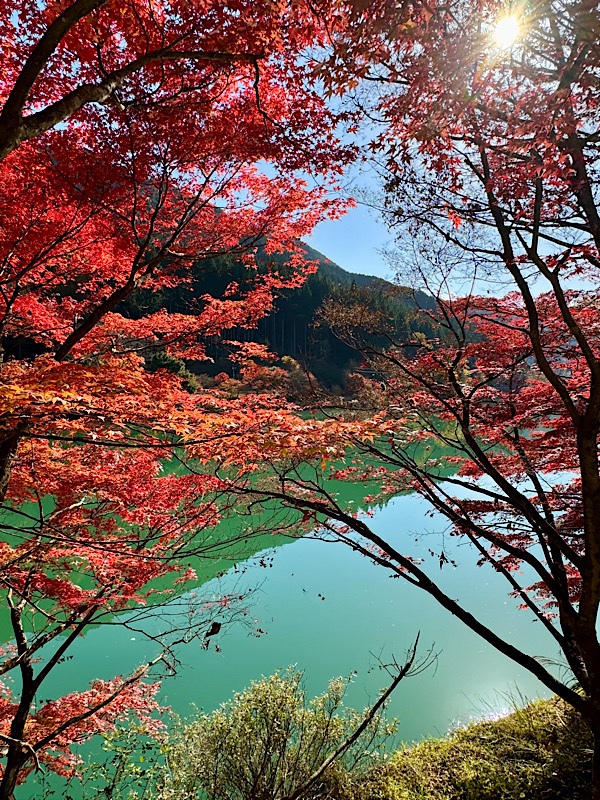 *if we ignore the fact that I’m standing on the side of a highway and cars are flying past us at breakneck speed.
*if we ignore the fact that I’m standing on the side of a highway and cars are flying past us at breakneck speed. 